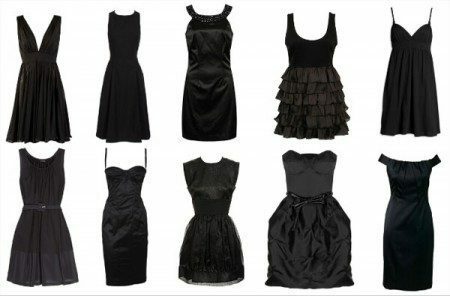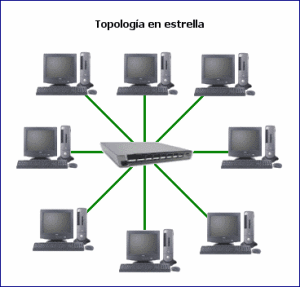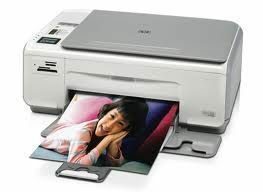Examples of Principal and Ancillary Assets
Miscellanea / / March 12, 2022
In law, it is called main goods (and/or main things) to those that have their own independent existence, and accessory goods (and/or accessory things) to those that, on the contrary, depend on another (main) good to exist or are subordinated to it. Accessory goods serve, as their name indicates, to characterize or allow the enjoyment of the main good.
This differentiation makes it possible to distinguish goods that have meaning in themselves, of those whose role is to complement other goods, in the same way that a painting is an autonomous work in itself, no matter how it is presented, while a frame serves to complement a painting and embellish it, but in itself and alone it lacks everything sense.
The criteria to define when a good is accessory can be:
In this way, the main assets have an independent legal life, while the accessory assets do not. So the fate of the latter depends on that of the former: if the main right is extinguished, the accessory is also extinguished. For example, in case of disposition of the principals, the accessories are usually part of the agreement, since the latter do not have an autonomous existence. On the contrary, accessory goods can be exchanged regardless of whether one owns a main good or not, as is the case with spare parts for a car: a car cannot be sold without its component parts, but the latter can be sold for separated.
Examples of main goods and accessories
The following are examples of principal assets and ancillary assets:
-
main good: a farming estate.
Accessory goods: the land, the trees, the fruits obtained, the farming tools, the tractor and the farm buildings. -
main good: A car.
Accessory goods: tires, auto parts, rearview mirrors, seats, engine, fuel. -
main good: a guitar.
Accessory goods: the strings, the pegs, the case. -
main good: a department.
Accessory goods: the toilet, the shower, the lamps, the sink, the kitchen or even a mortgage. -
main good: a flock of sheep.
Accessory goods: the wool of the animals, the sheepfold to keep them, the grass to feed them. -
main good: a museum.
Accessory goods: the works of art, the archaeological finds, the movable walls, the display shelves. -
main good: a beekeeping farm.
Accessory goods: the bees, the honey they produce, the honeycombs and the protective suits. -
main good: a restaurant.
Accessory goods: the tables, the chairs, the kitchen, the entrance sign, the waiters' trays and their uniforms, the plates, cutlery and glasses. -
main good: a video game console.
Accessory goods: controllers, power adapter, games.
References:
- “Things (law)” on Wikipedia.
- "Things and goods"in ECOTEC University (Ecuador).
- “Real property and rights” by Yesenia Onice Ortega in the Peter of Ghent University (Mexico).
Follow with:



